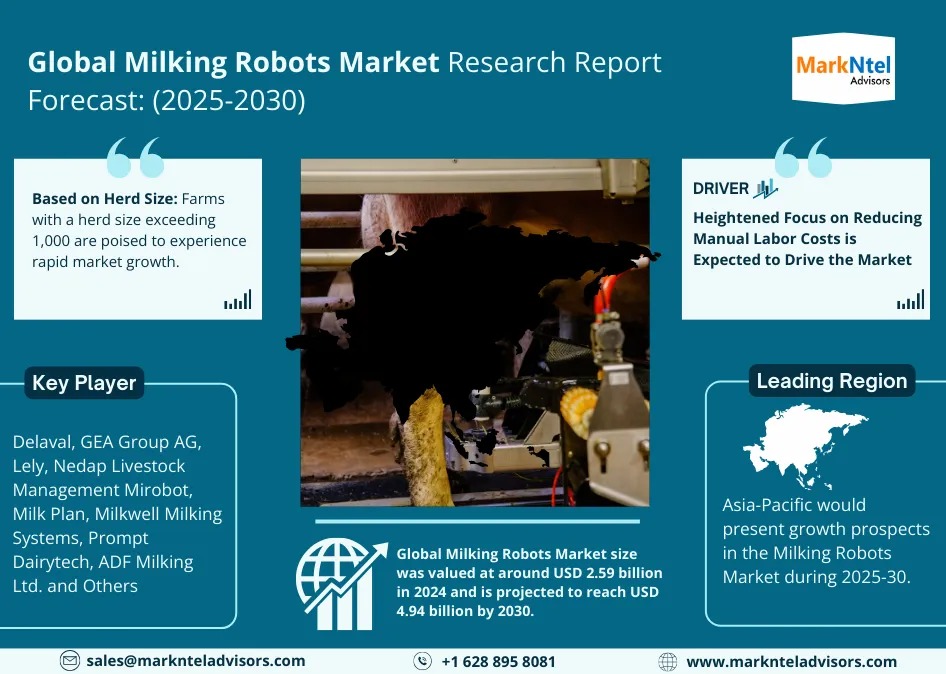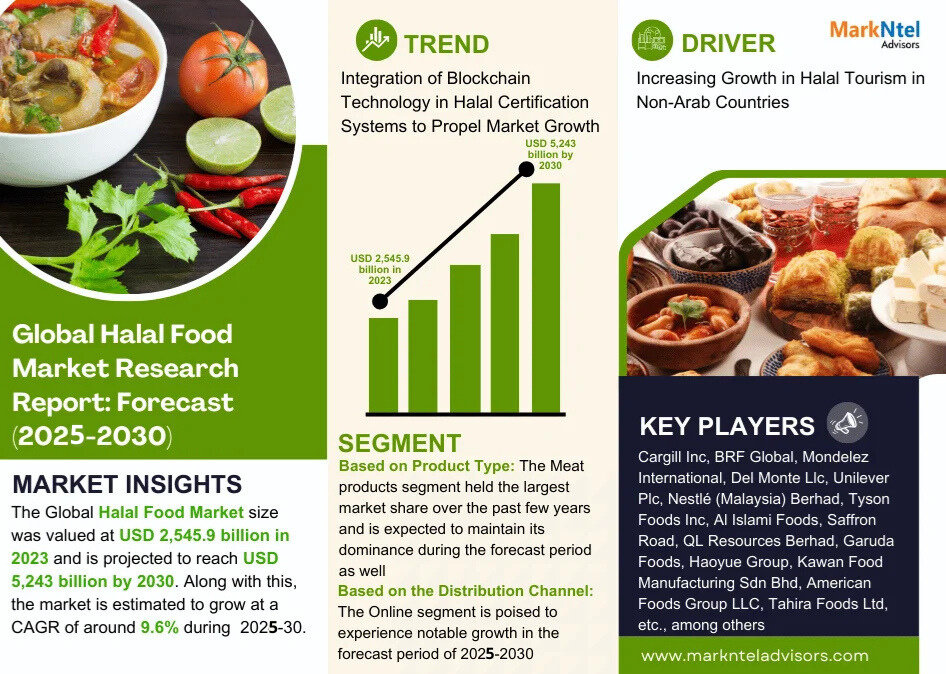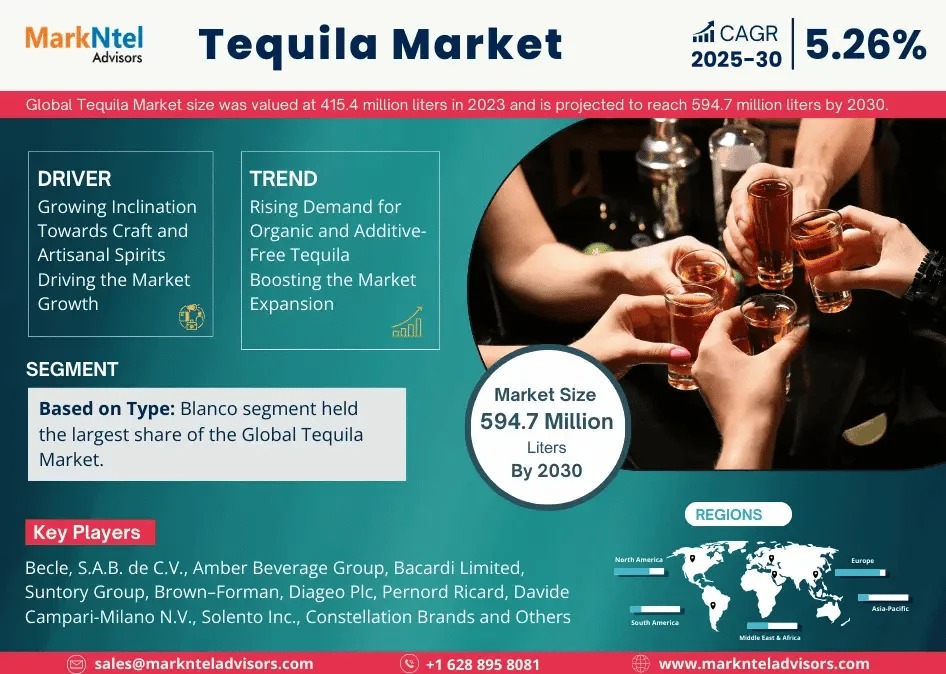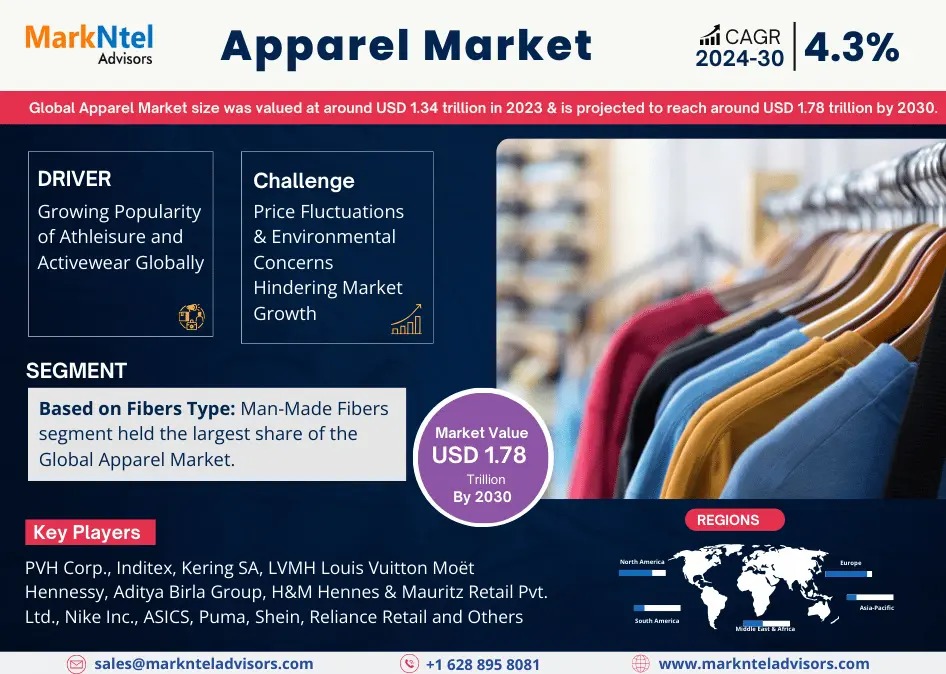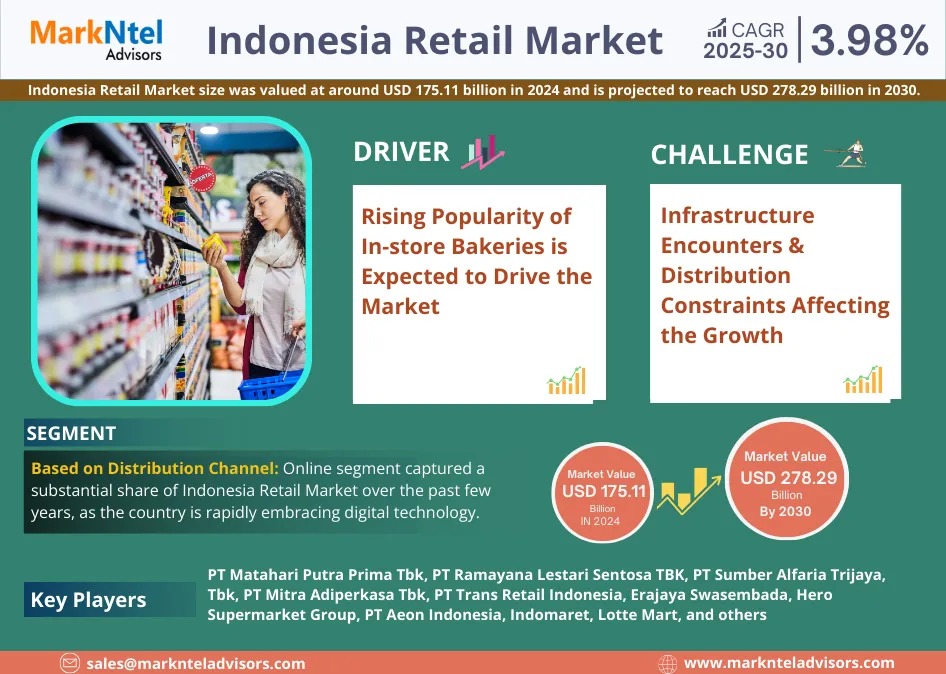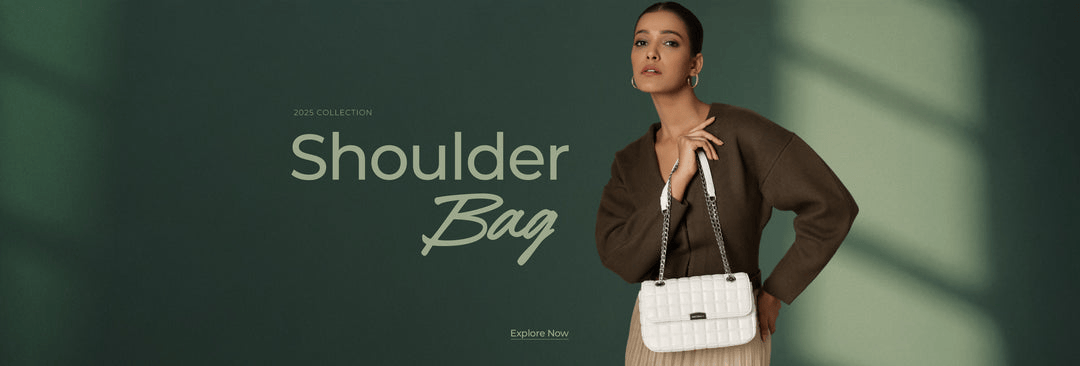
Finding the perfect shoulder bag goes beyond just style; the material it’s crafted from plays a crucial role in its durability, functionality, and overall aesthetic appeal. Whether you’re seeking a sophisticated accessory for an evening out or a robust companion for daily errands, understanding the diverse range of materials available is key. Explore a stunning array of stylish and practical options, similar to those found in this collection of chic bags, to discover the ideal blend of form and function for your needs.
Natural Materials: Timeless Elegance and Eco-Conscious Choices
Natural materials offer a classic appeal and often age beautifully, developing a unique character over time.
Leather
Leather remains a top choice for shoulder bags due to its unmatched durability and luxurious feel.
- Pros:
- Exceptional Durability: Genuine leather, especially full-grain, is highly resistant to wear and tear, lasting for many years.
- Timeless Aesthetic: It develops a beautiful patina with age, enhancing its visual appeal.
- Water Resistance: Naturally resistant to water penetration, offering protection for your belongings.
- Breathability: Allows air circulation, preventing moisture buildup.
- Cons:
- Higher Cost: Generally more expensive than other materials.
- Maintenance Required: Needs regular cleaning and conditioning to maintain its suppleness and prevent cracking.
- Weight: Can be heavier, especially for larger bags.
Canvas
A versatile and robust option, canvas is a plain-woven fabric typically made from cotton or linen.
- Pros:
- Durability: Known for its strength and resilience, making it suitable for everyday use.
- Lightweight: Lighter than leather, offering comfortable carrying for extended periods.
- Eco-Friendly: Especially when made from organic cotton, it’s a sustainable choice.
- Washable: Easy to clean, often machine washable.
- Customizable: Excellent for printing and various designs.
- Cons:
- Can be Bulky: Some canvas bags might appear less structured.
- Less Formal: Often perceived as more casual, though high-quality canvas can be quite chic.
Cotton
Often found in casual shoulder bags and totes, cotton is a breathable and soft natural fiber.
- Pros:
- Soft and Breathable: Comfortable to carry and allows for air circulation.
- Lightweight: Ideal for light everyday use.
- Sustainable: Particularly organic cotton, which is grown without harmful chemicals.
- Easy to Clean: Most cotton bags can be washed.
- Cons:
- Less Durable: Compared to canvas or leather, it may show wear faster.
- Prone to Staining: Can absorb spills more easily.
Jute
Known as the “Golden Fiber,” jute is a natural, biodegradable, and strong material.
- Pros:
- Sustainable: Grows quickly with minimal agricultural inputs.
- Strong: Durable for carrying heavier loads.
- Eco-Friendly: Biodegradable and environmentally friendly.
- Cons:
- Rougher Texture: Can feel less soft than cotton or linen.
- Less Versatile: May not offer the same aesthetic versatility as other materials.
- Not as Easy to Clean: Can be harder to clean than canvas.
Synthetic Materials: Modern Innovation and Practicality
Synthetic materials offer practical benefits like water resistance, affordability, and a wide range of aesthetic possibilities.
Nylon
A thermoplastic silky polymer, nylon is a popular choice for its strength and versatility.
- Pros:
- Lightweight: Extremely light, making bags easy to carry.
- Water-Resistant: Excellent for protecting contents from rain and spills.
- Durable: Resistant to abrasion and tearing.
- Affordable: Generally more budget-friendly.
- Cons:
- Less Formal: May not suit very formal settings.
- Can Tear Easily: While generally durable, some thinner nylons can tear.
Polyester
Similar to nylon in many aspects, polyester is a durable and water-resistant synthetic fabric.
- Pros:
- Durable and Abrasion-Resistant: Withstands daily wear and tear effectively.
- Water-Resistant: Offers good protection against moisture.
- Wrinkle-Resistant: Maintains its shape well.
- Affordable: A cost-effective material.
- Resistant to Bacteria: A hygienic choice for everyday use.
- Cons:
- Less Breathable: Can trap heat and moisture.
- Environmental Impact: Less environmentally friendly than natural fibers.
Vegan and Innovative Materials: Ethical and Sustainable Alternatives
With a growing demand for cruelty-free and sustainable options, vegan materials are gaining popularity.
PU Leather (Polyurethane Leather)
A synthetic material made from polyurethane, PU leather is a common vegan alternative to genuine leather.
- Pros:
- Cruelty-Free: No animal products are used in its manufacturing.
- Affordable: More cost-effective than real leather.
- Easy to Clean: Can often be wiped clean with a damp cloth.
- Versatile in Design: Can mimic various textures and colors of genuine leather.
- Cons:
- Less Durable: Generally not as long-lasting as genuine leather, prone to cracking or peeling over time.
- Less Breathable: Can feel less comfortable against the skin.
PVC Leather (Polyvinyl Chloride Leather)
Another synthetic leather alternative known for its exceptional durability and water resistance.
- Pros:
- Highly Durable: Very resistant to abrasion, water, oils, and chemicals.
- Easy to Clean: Can be easily wiped down.
- Low Cost: Typically more affordable than PU leather.
- UV Resistant: Less prone to fading from sun exposure.
- Cons:
- Less Eco-Friendly: Manufacturing can involve more harmful chemicals.
- Stiffer Feel: Can feel less supple than PU or genuine leather.
Plant-Based Leathers (e.g., Piñatex, Apple Leather, Cactus Leather)
Innovative and sustainable alternatives derived from natural plant sources.
- Pros:
- Eco-Friendly: Made from renewable resources, reducing environmental impact.
- Cruelty-Free: Offers an ethical choice for conscious consumers.
- Unique Textures: Provides distinct aesthetics not found in traditional materials.
- Durable: Many plant-based leathers are designed for significant durability and water resistance, offering a robust option from brands like Lino Perros that embrace forward-thinking materials.
- Cons:
- Higher Price: Can be more expensive due to innovative production methods.
- Limited Availability: Still emerging in the market compared to traditional materials.
Choosing the Best Material for Your Shoulder Bag
When selecting a shoulder bag, consider your lifestyle, frequency of use, and personal style.
- For everyday durability and a classic look, leather or high-quality canvas are excellent choices.
- For lightweight, water-resistant, and budget-friendly options, nylon and polyester are highly practical.
- For ethical and sustainable choices, explore the growing range of vegan and plant-based leathers.
Ultimately, the “best” material depends on your individual priorities, balancing aesthetics, durability, and practical needs to find a shoulder bag that serves you well for years to come.
